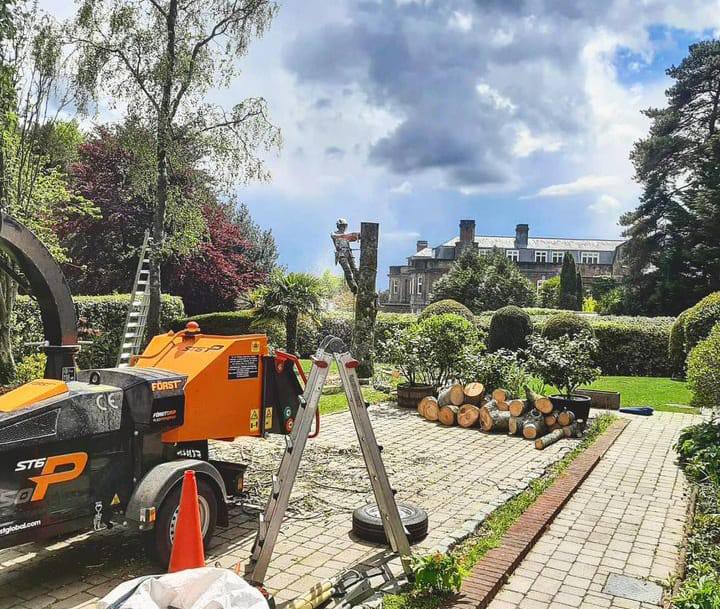Promoting Tree Resilience with Proper Reshaping Practices
Introduction: Trees are invaluable contributors to our environment, offering numerous benefits such as oxygen production, carbon sequestration, and habitat for wildlife. Proper reshaping practices are essential to ensure trees’ long-term health and resilience. In this blog post, Sandy Tree Surgeons will explore the significance of promoting tree resilience through appropriate reshaping techniques, emphasising the positive impacts on tree vitality and sustainability.
Understanding Tree Resilience
Tree resilience refers to a tree’s ability to withstand various stressors and adapt to changing environmental conditions while maintaining its health and vitality. Resilient trees are better equipped to cope with disease, pests, adverse weather, and urban pressures.
The Role of Reshaping in Tree Resilience
Proper reshaping plays a crucial role in enhancing tree resilience. Here’s how it contributes:
- Structural Stability: Regular pruning helps maintain a tree’s structural integrity, reducing the risk of branch failure and damage during storms. A well-balanced tree is less likely to lose limbs or become uprooted.
- Disease Prevention: Pruning dead or diseased branches removes potential entry points for pathogens, reducing the likelihood of disease spreading throughout the tree.
- Improved Air Circulation: Thinning the canopy through reshaping allows for better air circulation and sunlight penetration. This minimises the risk of fungal growth and promotes overall tree health.
- Stress Reduction: Pruning can alleviate stress on a tree by reducing overcrowded branches and redirecting energy to healthier parts. This helps the tree recover from stressors like drought or damage more efficiently.
- Hazard Mitigation: Removing hazardous branches, especially those near structures or power lines, enhances safety and reduces the risk of property damage during adverse weather.
Proper Reshaping Techniques
To promote tree resilience effectively, it’s important to follow proper reshaping techniques:
- Timing: Pruning should be performed during the appropriate season. Winter or early spring is often the best time, as trees are dormant, reducing stress.
- Cut Types: Utilise correct cutting techniques, such as the three-cut method for larger branches, to prevent bark tearing and promote quicker healing.
- Avoid Over-Pruning: Over-pruning can weaken a tree and reduce its resilience. Aim to maintain a natural canopy shape while removing only what’s necessary for health and safety.
- Hire Professionals: For larger or more complex reshaping tasks, consult certified arborists like Sandy Tree Surgeons. They possess the expertise and equipment to ensure safe and effective pruning without harming the tree.
Conclusion: Promoting tree resilience through proper reshaping practices is a key aspect of responsible tree care. Resilient trees live longer and contribute more effectively to the environment’s well-being. By prioritising structural stability, disease prevention, and overall tree health, you can help your trees adapt to changing conditions and thrive for generations.
Call us on: 01767 668 993
Click here to find out more about Sandy Tree Surgeons
Click here to complete our contact form and see how we can help with your tree’s needs.

